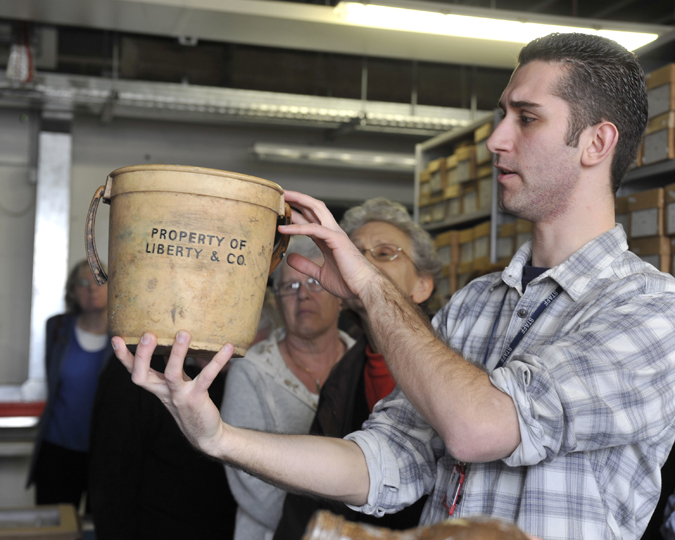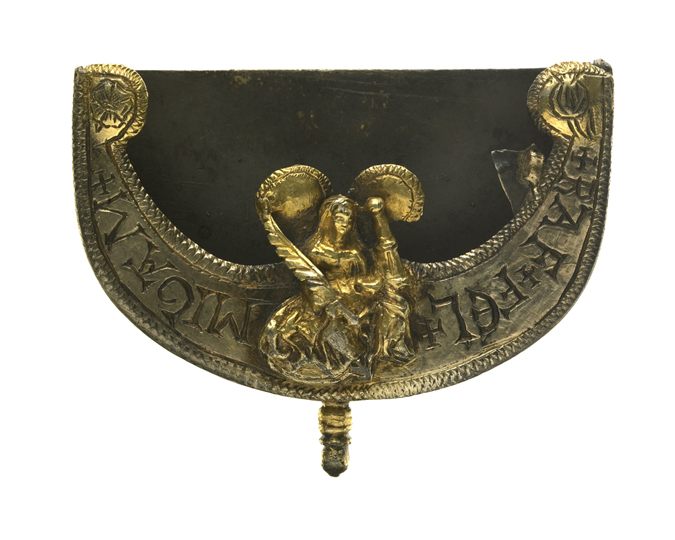While the most ferocious animal you’re likely to find within the M25 nowadays is probably an urban fox or a territorial chihuahua, London was once home to an abundance of enormous creatures – from wolves to hippos and rhinos to mammoths. The Museum of London has a selection of ancient animal remains from all around the capital – let's travel back in time to spot some of these fantastic beasts.
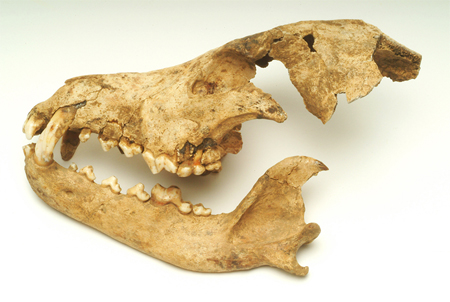
Wolf skull from Shepperton
The Wolf of Shepperton (3,400 years ago)
There used to be wolf packs all over England, Wales and Scotland. This skull is from the Neolithic period – a time when the first farmers were starting to cultivate land in England. As they cleared forest for fields, they removed the wolves’ habitat, and as the wolves attacked livestock they were hunted. By the beginning of the 16th century they were extinct – pushed out by hunters and their dogs. So it’s remained for 300 years. But recently there’s been more and more discussion about bringing wolves back into the Scottish highlands, and it might not be long before they’re roaming the forests of Great Britain again.
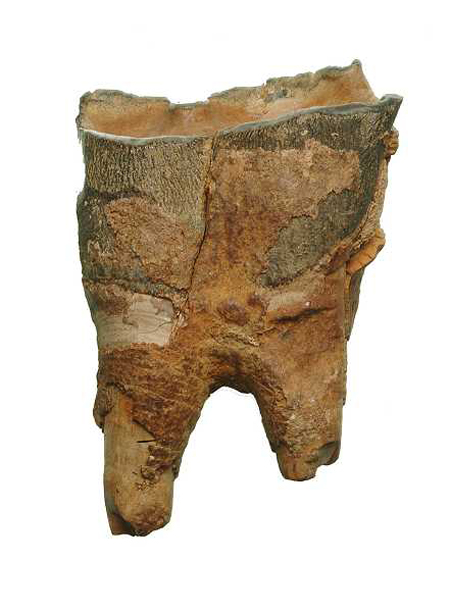
A rhinoceros tooth found at the Old Bailey
The Rhino of the Old Bailey (60,000 years ago)
Today it’s home to judges and lawyers, but once upon a time it was populated by much larger beasts. This rhinoceros was one of them, though it may’ve not looked quite like the rhinos we see today; back in the Paleolithic period, when England was a cold, dry desert, the ‘woolly rhinoceros’ was common. It’s hard to imagine the area where the Crown Court now stands as a frozen field, filled with shaggy, grazing rhinos, but looking at London’s grand history as a whole, they probably spent much longer there than the judiciary.
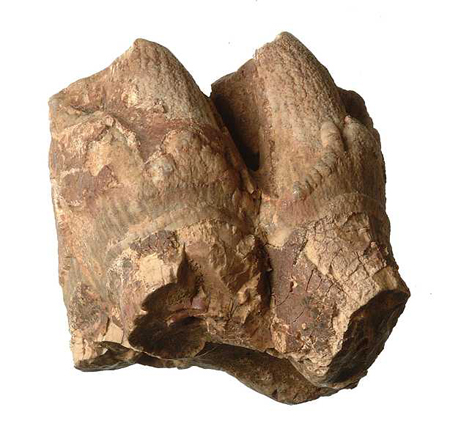
A hippopotamus molar found on Avenue Road, Brentford
The Hippo of Brentford (120,000 years ago)
The hippopotamus is a blubbery mass of surprises. They look a bit sad and remorseful, but actually they’re one of the most dangerous animals in Africa. They seem fairly out of shape, but they could easily outrun a human. You’d expect to find them in Zambia, but this one was last seen roaming around Brentford. On Avenue Road in fact. Nowadays it’s a quiet, residential street a couple of minutes walk from the station. Around 120,000 years ago though things were less cosy. While some of West London's earlier pre-human inhabitants are thought to have hunted large mammals (like hippos) with flint tools, this particular hippo is dated to around the beginning of the last ice age, when it may have been too cold for our ancestors to live in England.
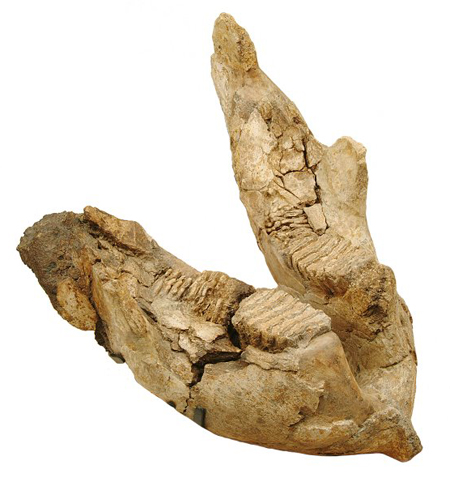
Mammoth jaw discovered in Uphall Pit near Ilford
The Mammoth of Ilford (200,000 years ago)
Around the time that the first recognisably ‘modern’ humans evolved in East Africa, and were getting pretty good at taming fire to cook food, Ilford was a mammoth stomping ground. While humans hadn’t reached Britain yet, there were a few tribes of Neanderthals hunting with stone spears – though they may have been more likely to scavenge mammoths killed by bigger predators than hunt them themselves. A couple of hundred thousand years later the same spot was the site of a brickworks, and as clay was quarried out of the ground local geologists noticed mammoth bones being unearthed. Eventually the fossils of around 100 mammoths were discovered, as well as the remains of a giant deer with 3 metre-wide antlers called a megaloceros.
Want to get updates about the city's buried past straight to your inbox? Sign up for our Archaeology newsletter to find out about upcoming exhibitions, events and articles.








